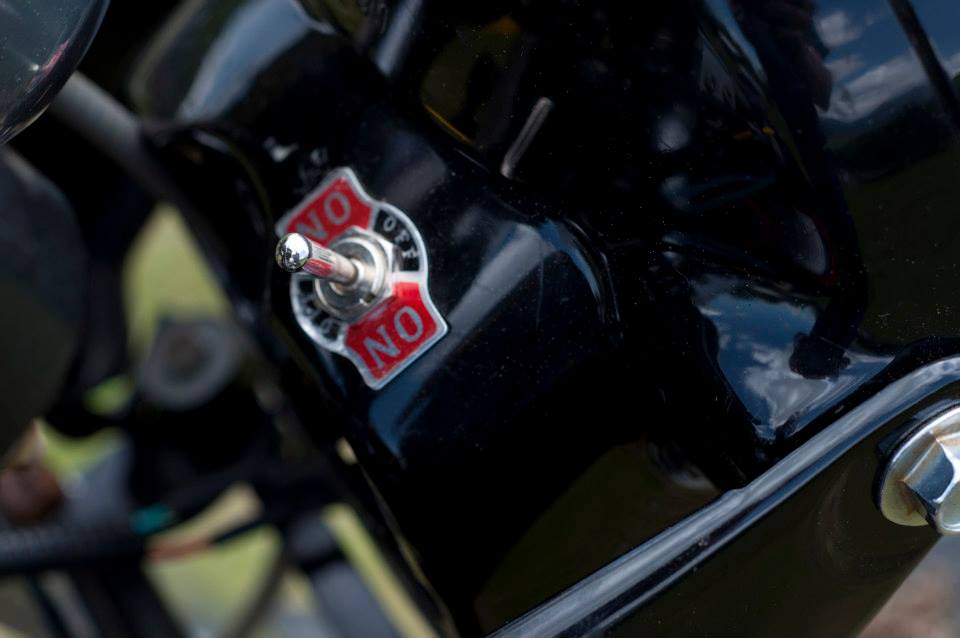A lot has been going on in the last few weeks. First off, don’t miss our “Meet and Greet” at Land of a Thousand Hills on Saturday, Dec 30th – (11AM-1PM) It’s just going to be kind of an informal coffee-social, so we can get together, swap some ideas around, meet some of our instructors, talk about what classes we want to see, and, oh yeah, have a cuppa coffee together. That prompted the first legit EVENT on our calendar page, as well as the Facebook page and even an EventBrite event as well. (I’m here to tell you the website stuff all seems to work!)
As a result of this little event, suddenly we’ve been getting some press, like in LynnHappens, which is awesome. All of which is leading us to tidy up the website a little more, and to officially remove “Proposal” from the header. Yes. We’re going legit!
Grants, grants and more grants! The Lynn Cultural Council had a grant deadline a while back that we found out about at the very last moment, and tossed our hat in the ring for some support of a Mini Maker Faire this Spring. Alas, we missed a few of the requirements in the hurry to get in, and got bounced. Still, we met the folks over at the LCC, learned a little more about the process, and had a chance to talk to them a little about what we are doing – its all good, and we’ll be back next year with all our ducks in a row.
In the meantime, yesterday was the deadline for the Massachusetts Urban Agenda Grant, aimed at the “Gateway Cities” – the cities flagged by the state as having some of the greatest potential for economic growth. Read all about that here. In particular, the grant is about collaboration within the community:
The grant is intended to help urban communities as they unlock economic opportunities through collective impact and shared accountability. Specifically, it will support projects that are based on collaborative work models to achieve economic progress, which are particularly promising according to research by the Federal Reserve Bank Boston and the Working Cities Challenge:
“Small cities in Massachusetts and across New England possess unique assets and face a unique set of challenges. …Notwithstanding these challenges, research on small cities conducted by the Federal Reserve Bank of Boston has found that eight cities out of a peer group of 26 nationwide have been able to either maintain or recover much of their economic stability, as measured by income, reduced poverty rates, population, and economic vitality. Several factors drove the rebound of these “resurgent” cities: collaborative leadership, the role of anchor institutions, investment in infrastructure, and extension of benefits to the community as a whole. Of these, collaborative leadership – the ability to work together across sectors over a sustained period with a comprehensive vision – was most crucial.
The findings are strikingly similar to those of the Living Cities Integration Initiative, deployed in five larger cities with substantial inner-city populations. Both sets of findings elevate the importance of collaborative leadership in creating systems-level changes that will enable small cities to reach their full potential as places to live, work, and raise a family.” (From Working Cities Challenge website: https://www.bostonfed.org/workingcities/about/research.htm)
It seems like a perfect fit for our project.
With some serious efforts pulling together the coalition we have, and some hard work behind the scenes and the support of the guys over at LHAND (Lynn Housing Authority & Neighborhood Development), we got that in last night, just under the wire. Everybody pitched in, including the Mayor’s office, MassDevelopment, The Haven Project and the Beyond Walls guys to lend a hand and give some insight. It went in with 4 letters of support, one of which had 4 members of the Massachusetts state delegation.
So yeah. Pretty exciting. Stay tuned – they announce their decision in only a few weeks.
Let’s see you next Saturday!

